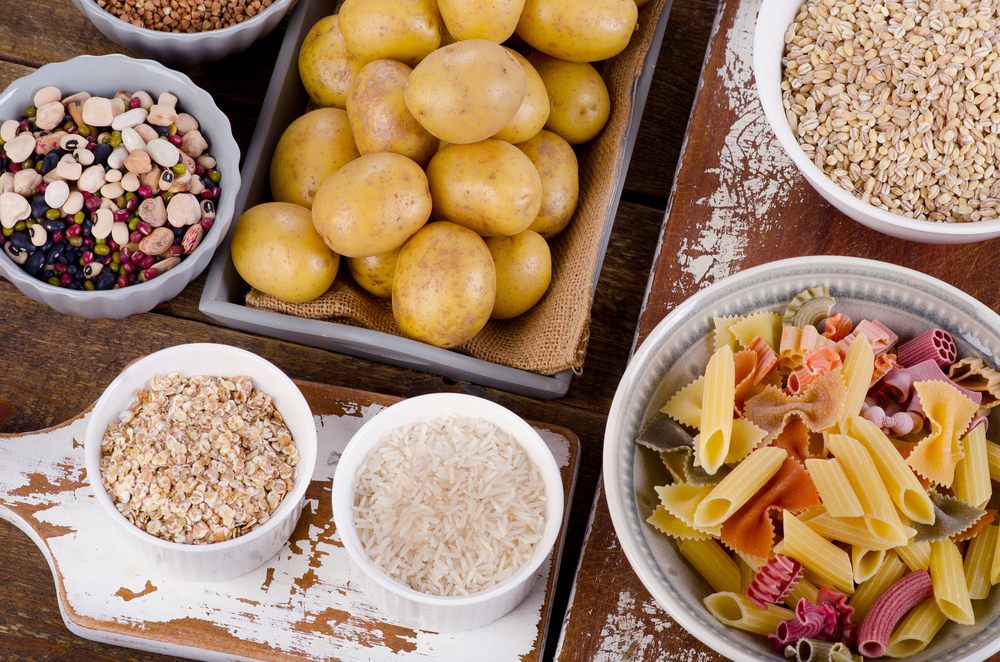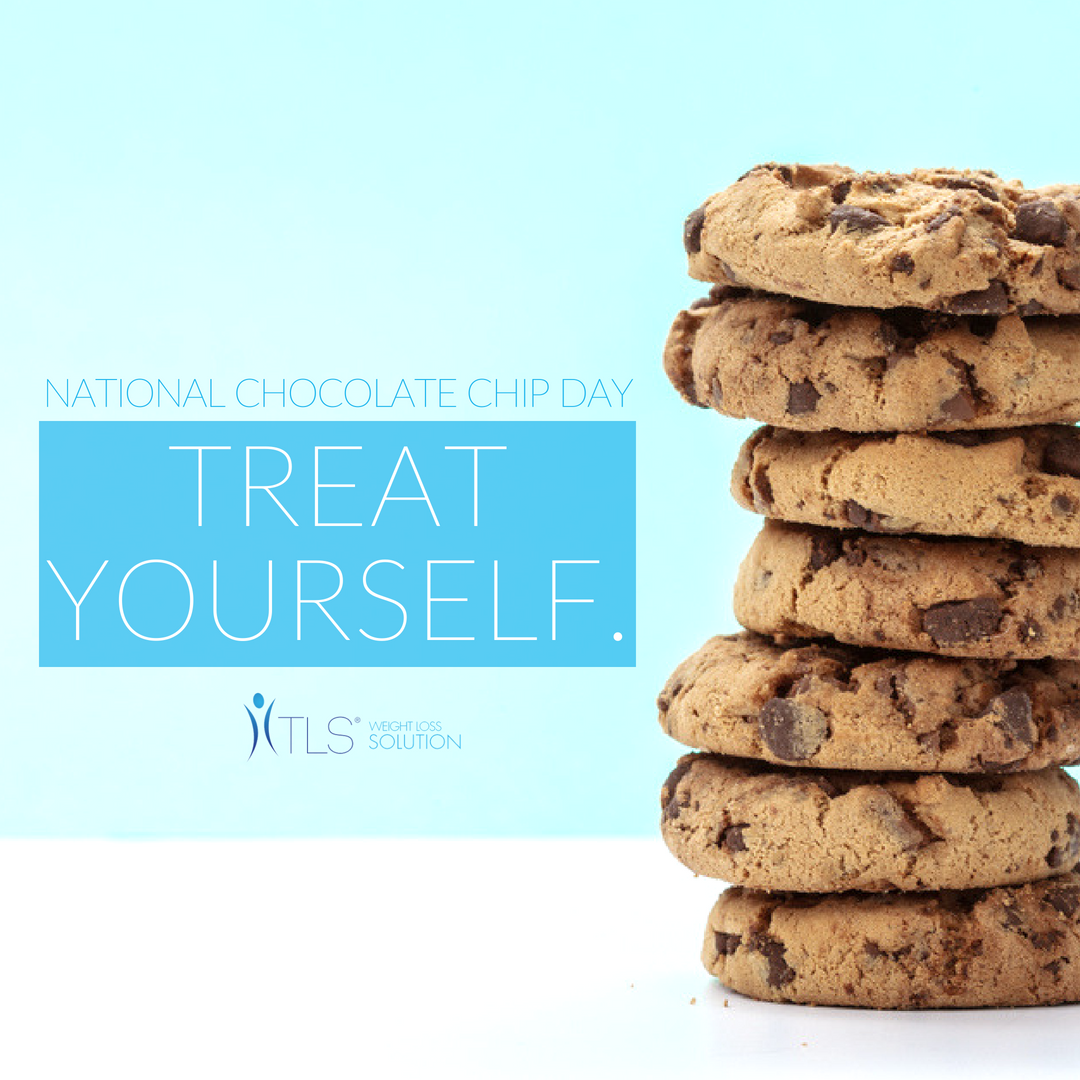By: Tayler Glenn
每當談到體重管理,碳水化合物總是備受爭議。有說以「好」碳水化合物替代「壞」碳水化合物,亦有說要把全部碳水化合物戒掉,而各說是最有效的。那麼到底哪一個才是最好?碳水化合物到底是好是壞?好與壞的碳水化合物又有何分別?
無論你喜歡與否,碳水化合物存在於差不多所有食物中,碳水化合物是最為複雜的。因為我們的身體運用不同的形式的碳水化合物,如纖維、澱粉及糖。當你攝取碳水化合物(纖維除外),你的身體會分解成澱粉,再轉化為葡萄糖 – 身體細胞的主要能量來源。這種速效能量來源極為重要,尤其對腦部、肝臟及肌肉,就如脂肪及蛋白質一樣。但碳水化合物的好與壞則視乎它品質的優劣。
我們經常聽到以「好」與「壞」來區別碳水化合物,就讓我們了解如何分辨好壞。
「好」與「壞」碳水化合物比較:
「好」碳水化合物:
- 每份含有低至中度的卡路里
- 富含額外的營養素
- 只含少量或不含精製糖/穀物
- 含豐富纖維,有助穩定血糖水平並助你保持狀態、增加及加快飽肚感
- 低鈉
- 低含量不良脂肪
「壞」碳水化合物:
- 每份含高卡路里
- 含大量甜味劑,如白糖、玉米糖漿、蜜糖及附加果汁
- 高含量精製糖/穀物
- 高鈉/含大量不良脂肪
如個選擇較好的碳水化合物
在選擇時,著重於選擇含豐富營養的全食物,如水果及蔬菜。以下是一些助你作出最佳選擇的原則:
盡可能從全食物來源中攝取碳水化合物
如你在街市中選購食物,你較大機會找到好的碳水化合物。例如,蘋果而非蘋果汁,糙米而非米餅乾。
限制精製碳水化合物的攝取量
我們較常在超市中購買的食物如白米、白麵包、穀類食品及意大利麵條,較多是高度加工並去除了健康營養素如纖維。這些食物一般被視為「零卡路里」,因其缺乏其他營養素,稱為微量營養素。由於它們會令你的血糖飆升,這些食物較多為高升糖指數。
注意升糖指數
升糖指數雖不是釐定食物的營養價值之唯一指標,但選擇低升糖指數的全食物,有助確保你能攝取豐富健康碳水化合物。
顯而易見的是,富含來自全食物的優質、非精製碳水化合物之膳食較加工及精製碳水化合物之膳食,能助你更快達致健康生活模式及身體組成。這並不是非黑即白,因此別讓那些傳聞誤導你去戒掉整個食物類別 (碳水化合物)以令你更有活力、更健康。如你正尋找方法進行體重管理或整頓你的膳食以改善你的健康,TLS® 健康生活纖營計劃是一個絕佳的地方,讓你開始學習有關升糖指數的影響。
By: Tayler Glenn
In the realm of weight loss, carbohydrates are controversial. Some preach swapping “bad” carbs for good carbs, some cut carbohydrates out of the picture completely, and each of them will swear the way they do it works best! So, what’s the deal? Are carbs good for you or not, and what’s the difference between a good carb and bad carb anyway?
Carbohydrate Basics
Like it or not, carbohydrates are found in almost all foods. Of the major nutrients, carbohydrates are considered the most complex because of the very different ways our bodies use carbs such as fiber, starch, and sugar.
See, when you ingest carbs (except for fiber) your body breaks down the sugars and starches into glucose – a main source of energy for your body’s cells. This quick source of energy is crucial, particularly for your brain, liver, and muscles. Just like fats and proteins, however, there are varying degrees of quality when it comes to carbohydrates.
![]()
Simple Carbs
Simple carbs are made of up to two sugar building blocks made from a combination of glucose, fructose, or galactose. Because the chains are short, they break down quickly and easily. This is why these carbs tend to taste sweet and tend to be high on the glycemic-impact scale which means they have a strong effect on your blood sugar levels.
When you’re thinking simple carbohydrates, think table sugar, syrup, honey, candy, and refined flours/bread products. Of course, other foods (fruits, vegetables, dairy) also contain simple carbs. But the addition of naturally occurring protein, fiber, and nutrients make these options a bit healthier, especially for weight loss.
![]()
Complex Carbs
Complex carbs are generally either “starch” or “fiber”, and these carbohydrates are made of three or more sugars. These are the same building blocks you find in simple carbs but, because the chains of complex carbs are longer, they take more time to break down. This slower breakdown helps to slow digestion and absorption, allowing you to avoid the spike in blood sugar found after eating simple carbs.
You tend to find complex carbohydrates in whole foods such as beans, whole grains, and vegetables and they also come in more and less healthy options – just like simple carbs.
Choosing Better Carbs
We constantly hear the words “good” and “bad” assigned to types of carbohydrates, so it’s important to know why a food falls into one category over the other.
![]()
Good Carbs vs Bad Carbohydrate: The Breakdown
Good Carbs are:
- Low to moderate in calories per serving.
- High in additional nutrients
- Low or without refined sugars/grains.
- High in naturally occurring fiber, which helps stabilize blood sugar levels & also helps you stay regular, increases satiety, and fills you up faster.
- Low in sodium.
- Low in unhealthy fats.
Bad Carbs are:
- High in calories per serving/size
- High in sweeteners such as white sugar, corn syrup, honey, and added juices.
- High in refined grains.
- Low in nutrients & fiber.
- High in sodium & unhealthy fats.
![]()
How to Choose Better Carbs
When it comes to choosing carbohydrates, focus on choosing ones that are nutrient-dense and come from whole foods such as fruits and vegetables. Here are a few rules to help you make the best choices:
Try to get your carbs from whole food sources.
If you can pick that food from a garden, you have a far better chance of it being a good carbohydrate. For example, apples instead of apple juice or brown rice over rice crackers.
Limit refined carbs.
Foods that we typically buy in the store such as white rice, white bread, cereals, and pasta tend to be more heavily processed and have healthy nutrients, like fiber, stripped from them. These foods are generally considered as “empty calories” because of the lack of other nutrients – namely micronutrients. These foods also tend to be high on the glycemic-impact scale since they’re likely to spike your blood sugar.
Pay attention to glycemic impact.
While it isn’t the sole defining aspect of food’s nutritional value, ensuring you’re choosing whole foods that have a low-GI score is helpful in ensuring an intake high in healthier carbohydrates.
It’s easy to see how a diet rich in good, unrefined carbs from whole foods can help you achieve a healthy lifestyle & body composition much faster than a diet of processed, refined carbs. It’s not all or nothing, so don’t be fooled by the fads promising an energetic, healthy you by eliminating entire food groups (yes, even carbs). TLS® Weight Loss Solution is a great place to start learning about the glycemic impact if you’re looking to lose weight or clean up your diet to feel better than ever!






Comments (0)